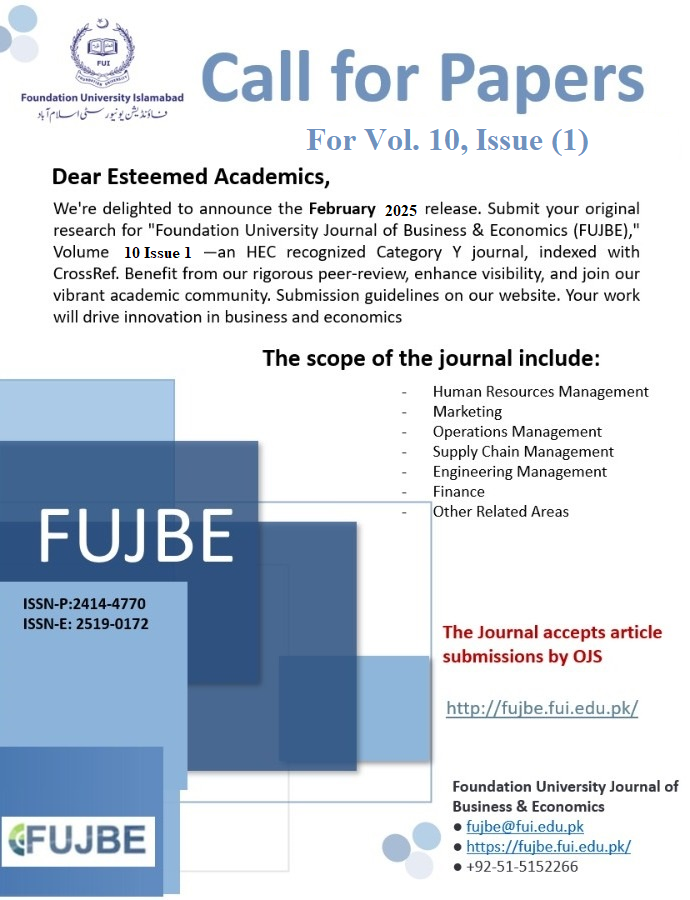Ranking Classification Algorithms Using MCDM Techniques for Credit Card Fraud Detection with Imbalanced Perspective
DOI:
https://doi.org/10.33897/fujbe.v9i2.925Keywords:
classification algorithms; MCDM; class imbalance; credit card fraud.Abstract
Over the last few years, credit card fraud (CCF) has emerged as a serious concern in financial risk detection.
Classification algorithms are among the robust methods to detect, analyze, and predict such frauds with low
complexity, pre-detection, and loss estimation. However, class imbalance—where the number of legitimate
transactions far exceeds the number of fraudulent ones—adversely affects a classifier’s performance, and the
results become divergent for different performance measures due to their multifaceted outcomes. This poses a key
challenge in ranking such algorithms. Moreover, fraud data is inherently imbalanced with non-static behavior, so
a single classifier or a group of classifiers cannot provide satisfactory results for all imbalance ratios. Motivated
by this observation, we analyze the impact of class imbalance through 10 classifiers and 8 performance measures,
which are finally ranked by Multi Criteria Decision Making (MCDM) techniques for a unified approach. Results
are analyzed for low skewed datasets, where classification algorithms outperformed for low skewed CCF datasets.
Based on our findings, we present a unified approach for ranking the classification algorithms in relation to
different imbalance ratios in credit card datasets. This study can be very useful for financial institutions to
increase their fraud-catching rate.



